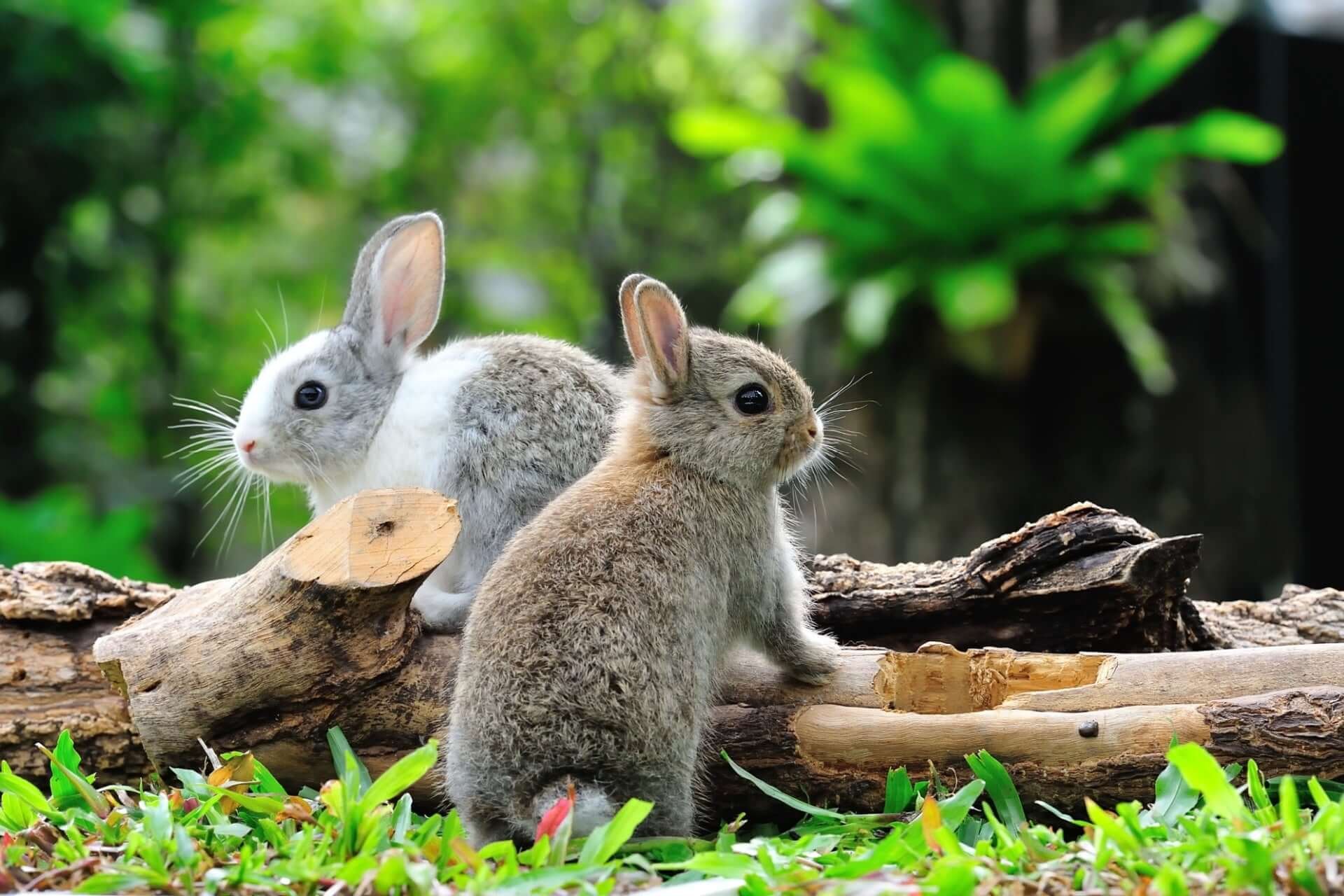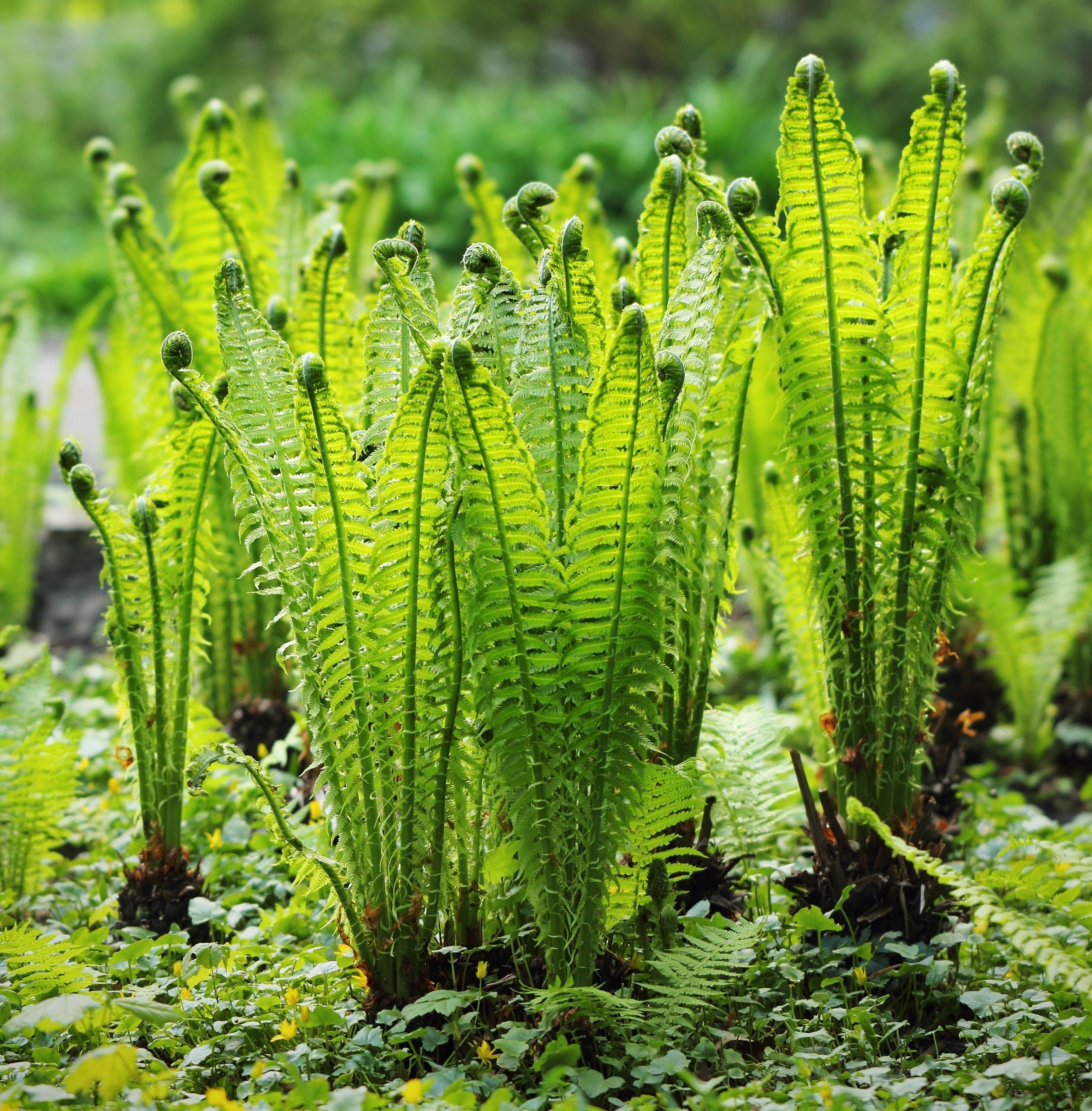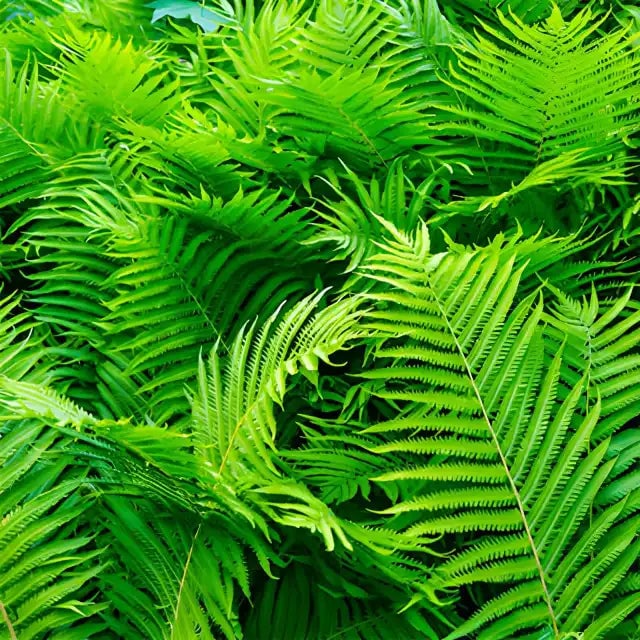Pet Bunnies For Your Garden
Imagine you are in the midst of nature; you are in the breeze; you are making an outdoor area that's absolutely beautiful and life-filled. There are all these and more advantages of gardening as a hobby. Suppose now that you could do the same with your sweet and fuzzy bunnies. These furry little guys can add more fun and excitement to your gardening. This article will tell you why keen gardeners can get bunnies as pets.
You Get Natural Fertilizer With Bunnies
The best part about having pet bunnies around your yard is that they are a fountain of natural fertilizer. Rabbit poop (bunny gold) is packed with nitrogen, phosphorus, and potassium. Having these nutrients available is essential for plant growth and soil quality.
If you own pet bunnies, then you can simply pick up their poop and apply it in your garden. Rabbit dung is better than most animal manure and can be put on plants without composting or decomposing, as it isn't as strong and doesn't damage plants.
Weed Control:
Bunnies will forage and graze, and they love eating plants, weeds included. You can make your own little bunny-fenced-in part of your garden so your dog can hop around and take care of unwanted plants. This can vastly reduce the time spent manually weeding and create a better garden environment.
Remember, though, that rabbits aren't immune to some plants. So make sure that whatever place your bunnies are allowed in isn't cluttered with toxic plants. : You can check with your veterinarian or read all the research to make sure that you have a safe home for your fur babies.
Garden Companion
While gardening is often a quiet, individual activity, what about having cute and furry pets running around you when you're not in the garden? With bunnies, you can have gardening with the added advantage of pet bunnies being friendly and interested. They will bounce around excitedly, sniff out your plants, and even get to know you while you garden. They make your gardening session much more enjoyable and social by being there with you. You will fall in love when they munch on the grass or chase each other. They bring a smile to your face and cheer you up with their sweet little mischief.
Natural Pest Control:
Bunnies will sometimes munch on your plants, but they rarely want plants that they can't eat. But they'll keep other vermin away from your garden. Rabbits, for instance, are wild food animals, and the smell of rabbits can keep garden invaders such as deer, raccoons, and rodents out of your park.
And if you have insects in your yard, you can turn your pet bunnies into natural pest controllers. You can let them munch on grasshoppers, caterpillars, and other small bugs, keeping your garden on the same page with no chemical weed control.
Bunnies Offer Sustainable Gardening
Incorporate pet bunnies into your gardens, and the world will be a much greener and more enlightened place. Bunnies leave a lot of leftovers that can be used as a raw fertilizer for your yard to save on artificial chemicals and make your soil healthier. It makes your garden and your pets work together since their excrement feeds your plants, and the plants feed your pets, giving them a place to roam.
Green gardening really does go a long way in making the environment better, and the planet healthier for it. When you fertilize your plants with natural manure, you save the planet and are doing green gardening. This is good for your garden, your pets, and the wider landscape, as less artificial chemicals and waste ends up in the environment.
Educational Opportunities:
A pet bunny is a great way to get the conversation going if you're a parent or someone who loves sharing the love of gardening with others. Kids should learn that pet ownership is valued and how important it is to take care of animals, which will help them feel more compassion and respect for other animals. What's more, rabbits are an organic and non-toxic way to keep weeds under control and to feed the earth. You can tell people how rabbits help a flourishing ecosystem because they are building spaces for other species and littering the land with their droppings.
The evolution of plants and the interactions between bunnies and your garden are things to observe in children of all ages.
Stress Relief:
And you know gardening does good things to your mental health - and you can get even more out of it if you have pet bunnies to accompany you in the garden. Imagine that you're gardening with lovable, cute bunnies roaming around and playing games. It's a sight that instantly clears your head and makes you happy in such a serene and quiet way.
While you're out gardening, these cute little animals are a nice way to get away from the stresses of the day. It's really soothing and fun to watch them eat vegetables, dig little holes, or just lie in the sun. And when you're craving bunny hugging, there is time to pause and spend quality time with your fur babies. Petting, cuddling, or even just lying with them can do wonders for your mind, relieve stress, and relax you.
Aesthetic Appeal:
Let's not forget the beautification of having bunnies at home. They are cute and charming outside your house with their fluffy fur, flailing noses, and dorky ears. They can become part of your garden design and make it beautiful.
You can even make a special bunny garden space with rabbit-safe plants and structures and make that a special attraction in your garden.
Individual Relationship with Nature Your Bunnies & Garden
The garden is a great way to take part in nature. When bunnies are in your lap, that connection is all the more important. And you begin to see little miracles of existence - the first small shoots emerging from the earth to the frolicking of your furry friends.
As you water your plants and pet your animals, you get closer to the flow of nature. You begin to embrace the tenuous equilibrium between all life, and a duty to leave the natural world intact for future generations.
It's a bond that makes us feel responsible and valued for our world. It motivates you to be greener in your home and garden.
Add pet bunnies to your gardening repertoire, and you will be on your way to living the high life. Not only are they good natural fertilizers and weed and pest controllers, but they're also great companions, stress-busters, and learning resources. When you can cultivate a balance between your backyard and your four-legged guests, you'll have an ecologically sustainable, rich garden experience for you and for nature. If you are a serious gardener and want to improve your gardening life, then bring a bunch of cute bunnies to your green heaven.
Read more
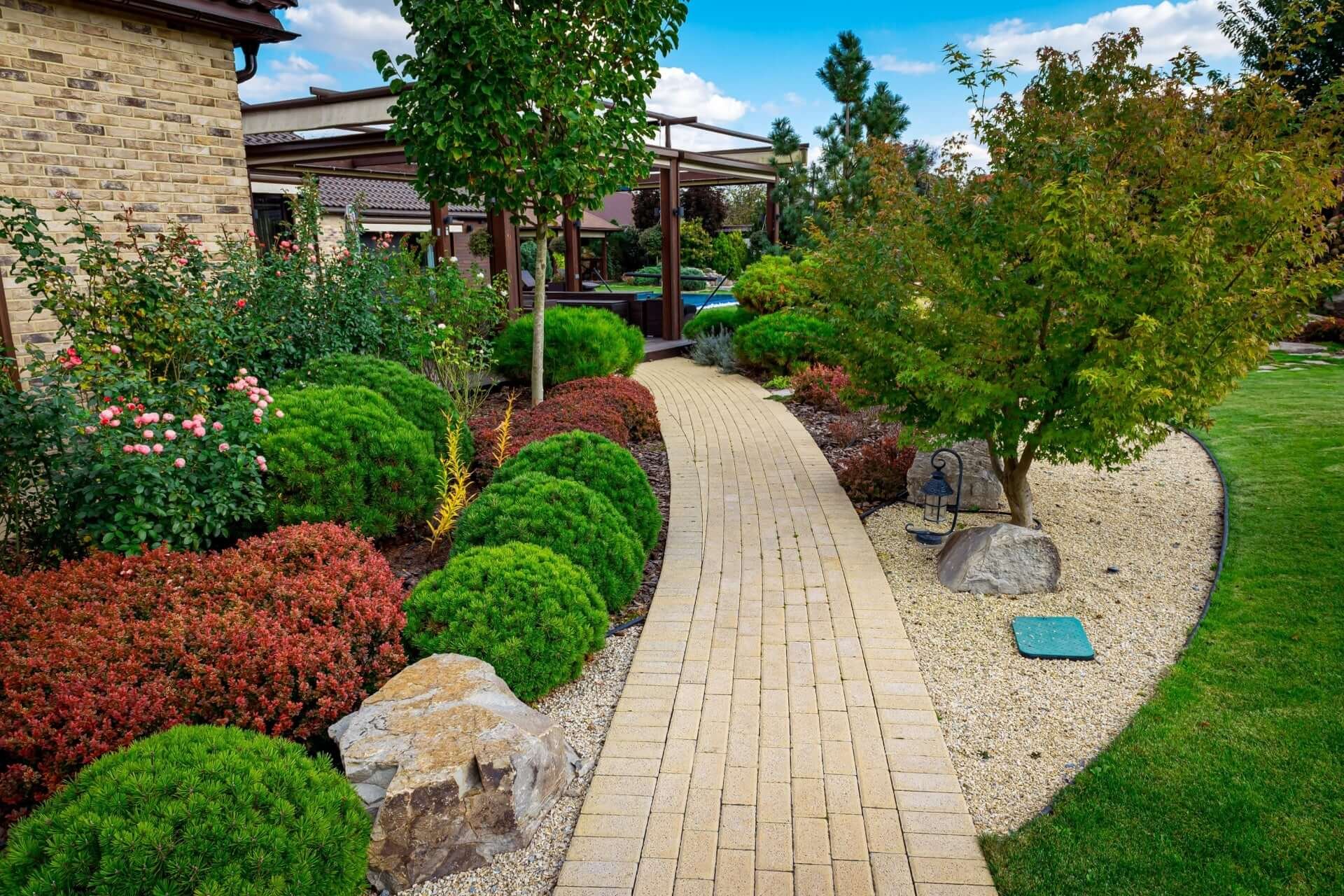
Gardening a Zen garden, Japanese rock garden, or a dry landscape garden is a centuries-old art that is meant to make a space in the outside world more harmonious and quiet. They are gardens meant t...
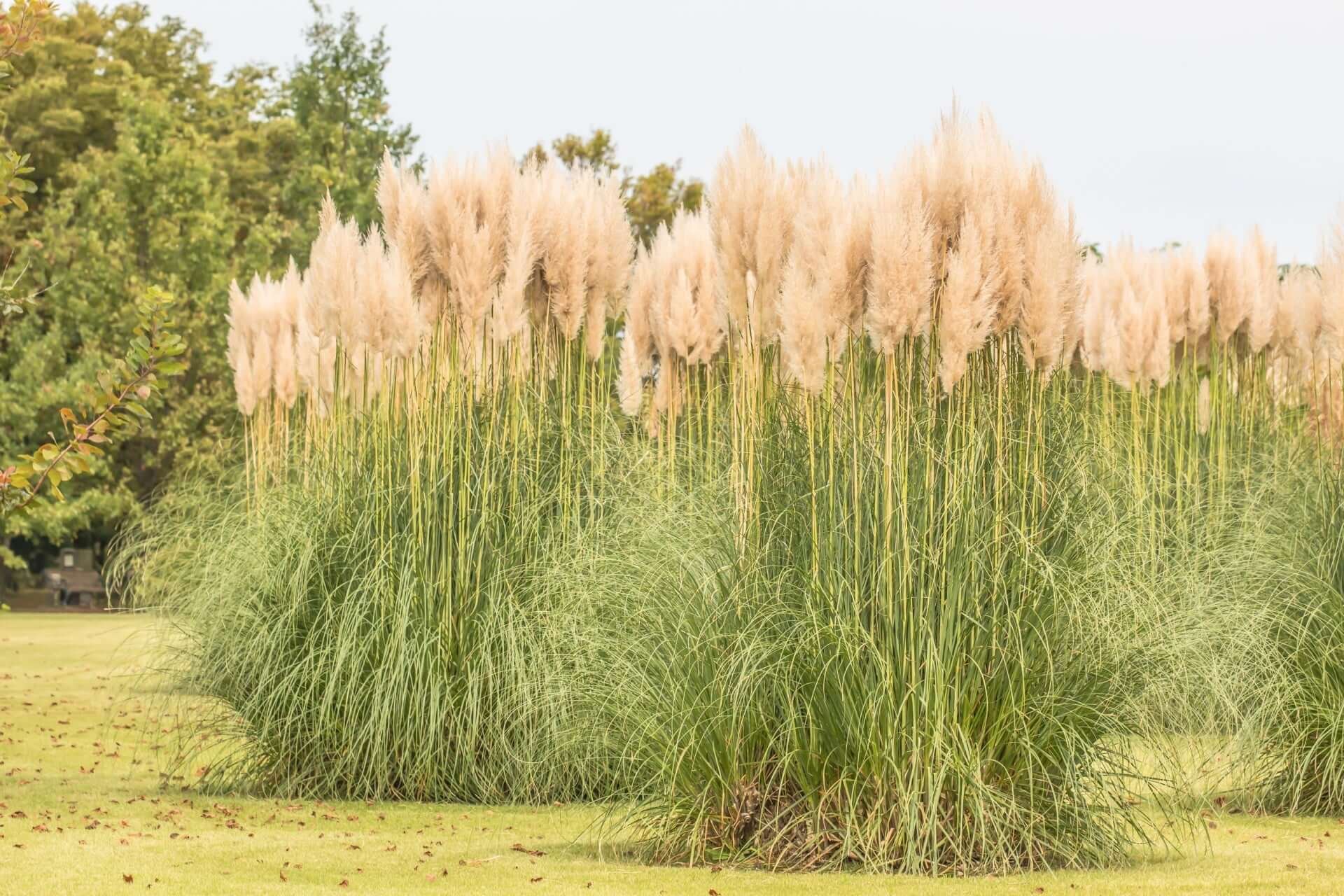
Silver Feather Grass, scientifically known as Stipa gigantea, is a stunning ornamental grass that can add grace and beauty to any landscape. With its tall, graceful plumes and silvery foliage, this...


